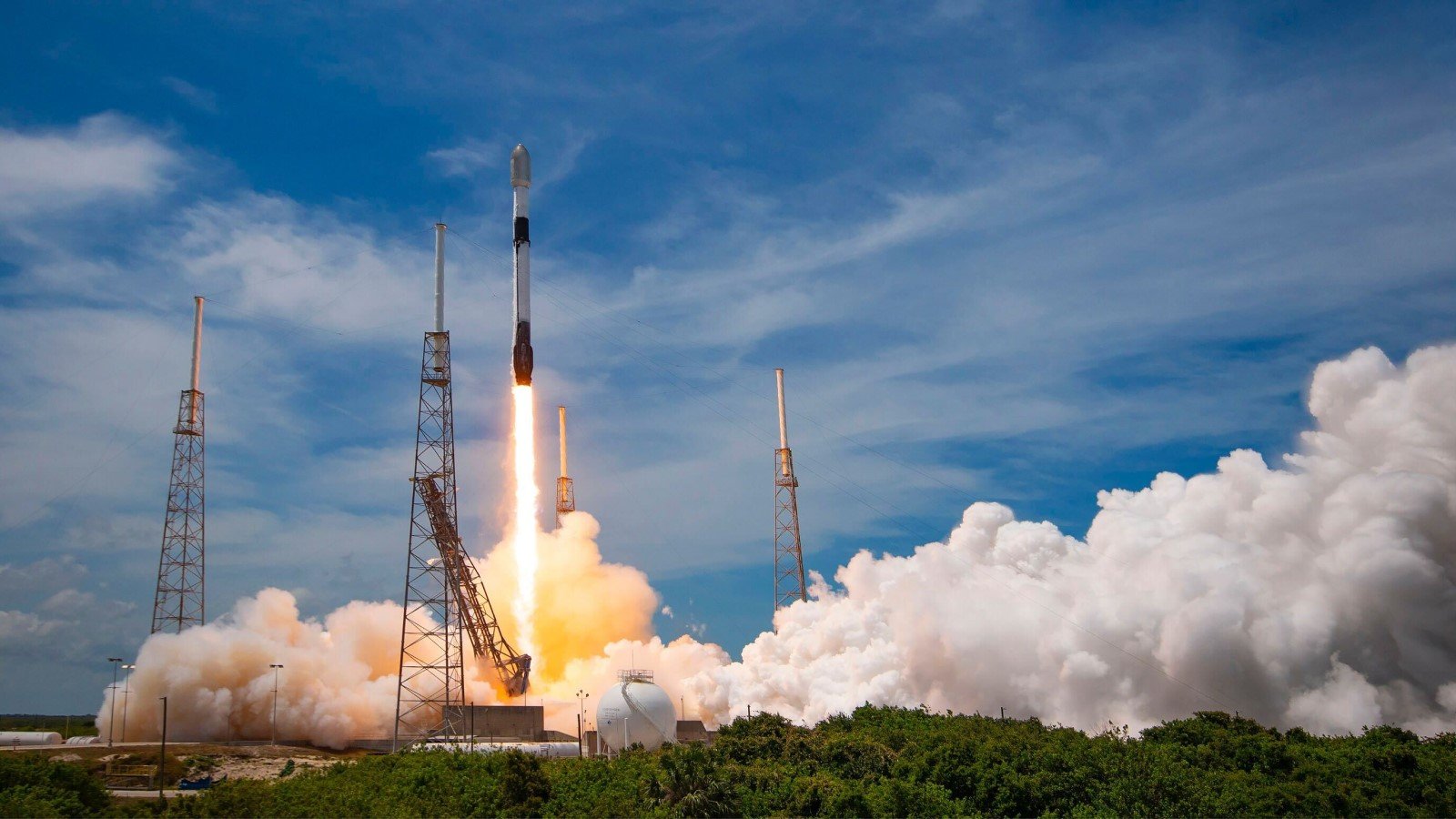THERESA HITCHENS

WASHINGTON — US Space Command intends this spring to stand up a new, unified Commercial Integration Office to coordinate its efforts to on-board commercial capabilities, according to a recent SPACECOM planning document.
The new office will ensure coordination between the command’s two existing commercial outreach efforts, one managed by the Joint Task Force-Space Defense (JTF-SD) based at Schriever SFB in Colorado, and the other by the Combined Force Space Component Command (CFSCC), based at Vandenberg SFB in California.
The standup of the new office follows SPACECOM’s launch in January of an Industry Engagement Portal — designed as a entry way for companies interested in finding out more about the command’s requirements, and to help implement its Commercial Integration Strategy — that connects interested companies with the Industry Engagement Team at the Commercial Integration Branch of SPACECOM’s J8 Capability and Resource Integration Directorate.
“The J8’s Commercial Integration Branch is responsible for engaging with industry, implementing the USSPACECOM Commercial Integration Strategy, and facilitating integration of commercial capabilities into ongoing operations to enable USSPACECOM objectives,” the portal explains. “The Branch’s Industry Engagement Team is the point of entry and interface for informing industry of USSPACECOM priorities, coordinating engagements with the Command’s senior leaders, and performing outreach with industry partners.”
The Commercial Integration Branch is headed by Lt. Col. Jean Purgason.
The J8 last October issued a “Memo to Industry” [PDF] detailing priorities for commercial capabilities that can be quickly integrated into existing operations such as: “operational intelligence (OPINTEL), Space Domain Awareness (SDA), COMSATCOM bandwidth, remote sensing, modeling and simulation, [artificial intelligence/machine learning], quantum computing and encryption, environmental monitoring, and alternate positioning, navigation, and timing (PNT).”
SDA, in particular, is one of SPACECOM head Gen. Jim Dickinson’s top priorities under the Commercial Integration Strategy, first reported by Breaking Defense. While the strategy itself is classified, Dickinson revealed an unclassified summary last April at the annual Space Foundation Space Symposium.
The JTF-SD is responsible for protecting and defending US space assets, including coordinating with the Intelligence Community through the National Space Defense Center. The CFSCC takes care of all the day-to-day space support functions for military operators, such as managing access to comms and operating GPS satellites. It is called a “combined force” command because it includes allied representatives.
JTF-SD runs the Commercial Operations Cell is aimed at enabling commercial firms to share threat “indication and warning” derived from company SDA sensors and analytical tools for keeping tabs on the whereabouts of satellites and dangerous space junk.
CFSCC oversees the Combined Space Operations Center (CSpOC) Commercial Integration Cell (CIC), which according to a fact sheet [PDF] “enables operational and technology exchange between operators” at CSpOC and commercial satellite operators “for the purpose of real-time and near real-time information flow during daily routine operations and to enable rapid, informed response to critical unplanned space events or other activities in and through space to improve [SDA].”
The J8 memo explains that ultimately, the plan is for the new office to coordinate the activities of those two commercial cells, as well as find opportunities for them to collaborate.
“To synchronize commercial integration efforts across the command, USSPACECOM is working to establish the Combined Joint Commercial Integration Office. This new office [to be activated in this spring] will be tasked with operationalizing the CIS and bolstering collaborative opportunities between industry, USSPACECOM, and its subordinate units,” the memo explained.
The web portal concept is similar to the Space Force’s Front Door, aimed primarily at helping companies new to the Defense Department’s labyrinth of space acquisition organizations navigate to get their innovative ideas in front of potential customers.
SPACECOM’s version, however, is aimed at gathering information from industry about capabilities that could help the command speed up fulfillment of its mission requirements.
“U.S. Space Command (USSPACECOM) seeks to leverage commercial capabilities to achieve our goals of mitigating capability gaps, improving space architecture resiliency, and gaining and maintaining technological advances over our competitors,” the portal explains.
The J8 memo lists the command’s overarching “priorities and mission needs” as:Integrated Space Fires and Protection
Resilient, Timely Space C2
Enhanced Battlespace Awareness
Space Systems Cyber Defense
Resilient Satellite C2 Architecture
Global Sensor Management: Integrating Sensor Tasking and Data Retrieval
Persistent and Resilient ISR
Operational Intelligence
Modernized, Agile EW Architecture
Electromagnetic Battle Management
No comments:
Post a Comment